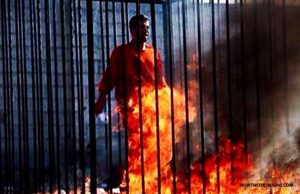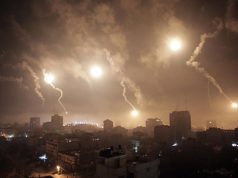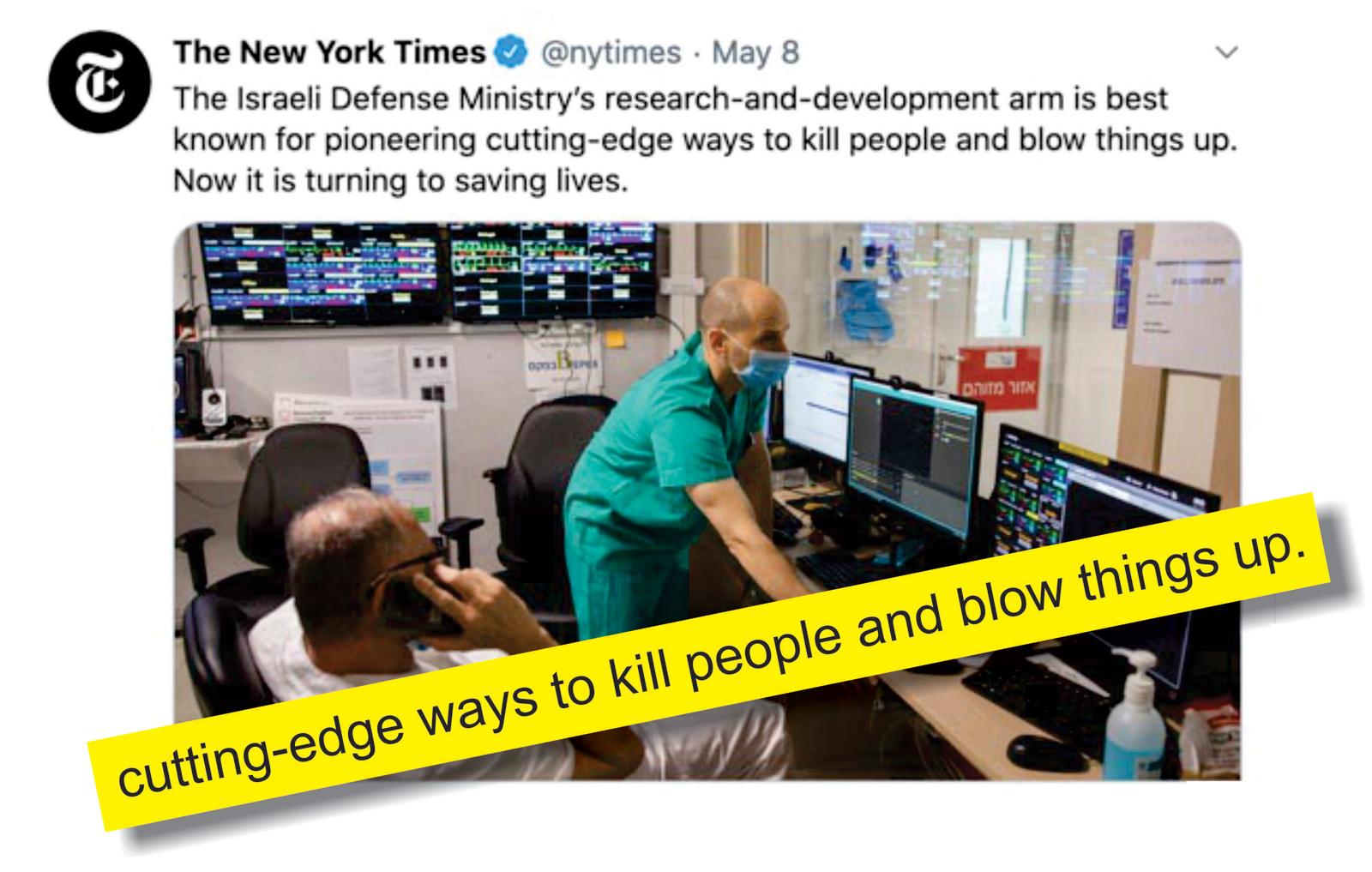.
 The first duty of the American president, as Commander in Chief, is to do everything necessary and within the bounds of our Constitution to protect us from all enemies, foreign and domestic. An enemy, this context, is defined as any entity with the stated intent and capacity to wage war against us, or which has already done so.
The first duty of the American president, as Commander in Chief, is to do everything necessary and within the bounds of our Constitution to protect us from all enemies, foreign and domestic. An enemy, this context, is defined as any entity with the stated intent and capacity to wage war against us, or which has already done so.
The radical Islamist ideology declared war on America in the early 1980s. With the exception of the repeated acts of war that the Islamic Republic of Iran has been perpetrating against us since then (against which America has not responded in kind, due to bipartisan national policy), there has been no enemy that is in complete control of a defined territory, which has also declared war on America, and has perpetrated acts that have shed American blood.
Until ISIS, that is. Unfortunately, according to reams of military sources on active duty, who spoke to journalists and veterans (on condition of anonymity), President Obama has consistently tied their hands in regards to their ability to strike ISIS.
From Byron York at the Washington Examiner (h/t Powerline):
Even amid Paris carnage, U.S. ties own hands in ISIS fight; excerpts:
Obama announced the U.S. campaign against the Islamic State on Sept. 10, 2014, pledging to “redouble our efforts to cut off [Islamic State] funding.” Given that the oil-stealing business is the terrorist group’s financial lifeblood, why has it taken until now to hit the Islamic State’s oil transport capability in a significant way?
The answer, apparently, is that Obama was worried about civilian casualties. What if even one civilian driving an Islamic State truck, or near a truck, was killed in a U.S. attack? That concern, apparently, was enough to stop American forces from attacking a critical part of the Islamic State’s support system. […]
 The reason, again, is the rules of engagement. “This has largely foreclosed our hitting moving targets in a timely manner,” said Gen. Keane, “because our pilots have to go through multiple levels of clearances, and eventually the target is lost. With fixed-site targets, if there are any civilians in the area, permission is usually denied, despite the fact that America has the best proven ability in the world to hit targets near civilian areas without hurting civilians.”
The reason, again, is the rules of engagement. “This has largely foreclosed our hitting moving targets in a timely manner,” said Gen. Keane, “because our pilots have to go through multiple levels of clearances, and eventually the target is lost. With fixed-site targets, if there are any civilians in the area, permission is usually denied, despite the fact that America has the best proven ability in the world to hit targets near civilian areas without hurting civilians.”
The Islamic State knows the Americans’ rules of engagement. The terrorists are well aware that U.S. pilots won’t hit anything if there is even a chance of hurting a civilian. So of course the Islamic State positions its fighters and equipment near civilians.
Even in obvious cases, like a gathering of 300 oil trucks — more than one-quarter of the Islamic State’s entire fleet — American pilots have held off attacking for more than a year, while the oil smuggling business made the Islamic State richer and richer and the terrorist organization extended its reach to the streets of Paris.
Continue here.
These allegations were echoed in the Washington Free Beacon, in this November 20 story by Adam Kredo:
U.S. military pilots who have returned from the fight against the Islamic State in Iraq are confirming that they were blocked from dropping 75 percent of their ordnance on terror targets because they could not get clearance to launch a strike, according to a leading member of Congress.
Strikes against the Islamic State (also known as ISIS or ISIL) targets are often blocked due to an Obama administration policy to prevent civilian deaths and collateral damage, according to Rep. Ed Royce (R., Calif.), chair of the House Foreign Affairs Committee.
The policy is being blamed for allowing Islamic State militants to gain strength across Iraq and continue waging terrorist strikes throughout the region and beyond, according to Royce and former military leaders who spoke Wednesday about flaws in the U.S. campaign to combat the Islamic State.
“You went 12 full months while ISIS was on the march without the U.S. using that air power and now as the pilots come back to talk to us they say three-quarters of our ordnance we can’t drop, we can’t get clearance even when we have a clear target in front of us,” Royce said. “I don’t understand this strategy at all because this is what has allowed ISIS the advantage and ability to recruit.”
Continue here.
So what would victory over ISIS look like?
Here is one vision, in the context of a futuristic scenario as postulated by Col. Kurt Schlicter (US Army, ret.), now a trial attorney in California, in “What Defeating ISIS Would Look Like,” at the Independent Journal-Review. After Paris-like terror attacks by ISIS on the U.S. homeland, the president fires his Secretary of Defense, and makes this call (excerpt):
“General, this is the President. We need you. I am ordering you off the retired list and back to active duty as CENTCOM commander, effective immediately. I want to see your plan for the total destruction of ISIS in 72 hours. Your rules of engagement are simple. Wipe them out.”
With Raqqa flattened, the President went on television to announce that America was again at war. Most Americans supported him. After all, he had been elected in the wake of the events of October 12, 2016, when ISIS sleepers in America had struck at shopping malls across the country. While the killers in Phoenix and Dallas had been unable to murder more than a half dozen because of armed citizens (police credited dead terrorists to a retired schoolteacher with a Glock 19 and an insurance salesman carrying a Kimber M1911A1), hundreds of defenseless Americans were massacred in gun-free shopping malls in Los Angeles and Chicago.

“Our goal is simple. We are going to destroy ISIS and kill its members. There will be no negotiations, no hesitation, no hands tied behind our backs. They wanted war. They will have it,” said the President. The new GOP Senate majority leader dispensed with the filibuster, and the declaration of war passed easily. The President also announced that all Americans must pay their fair share to support the war effort, and imposed a temporary 7% payroll tax on working Americans. Those not working must also pay their fair share too, he said; he signed a bill cutting all social programs 7% and shifting the savings to the military.
Continue here.
Then there is this scene from the season debut of the Showtime series “Homeland,” in which the character Peter Quinn gives his assessment of the fundamental flaw in Western efforts to defeat Islamist terrorism, particularly as it pertains to ISIS (more here, via SaveTheWest’s founder):
.
.
.






